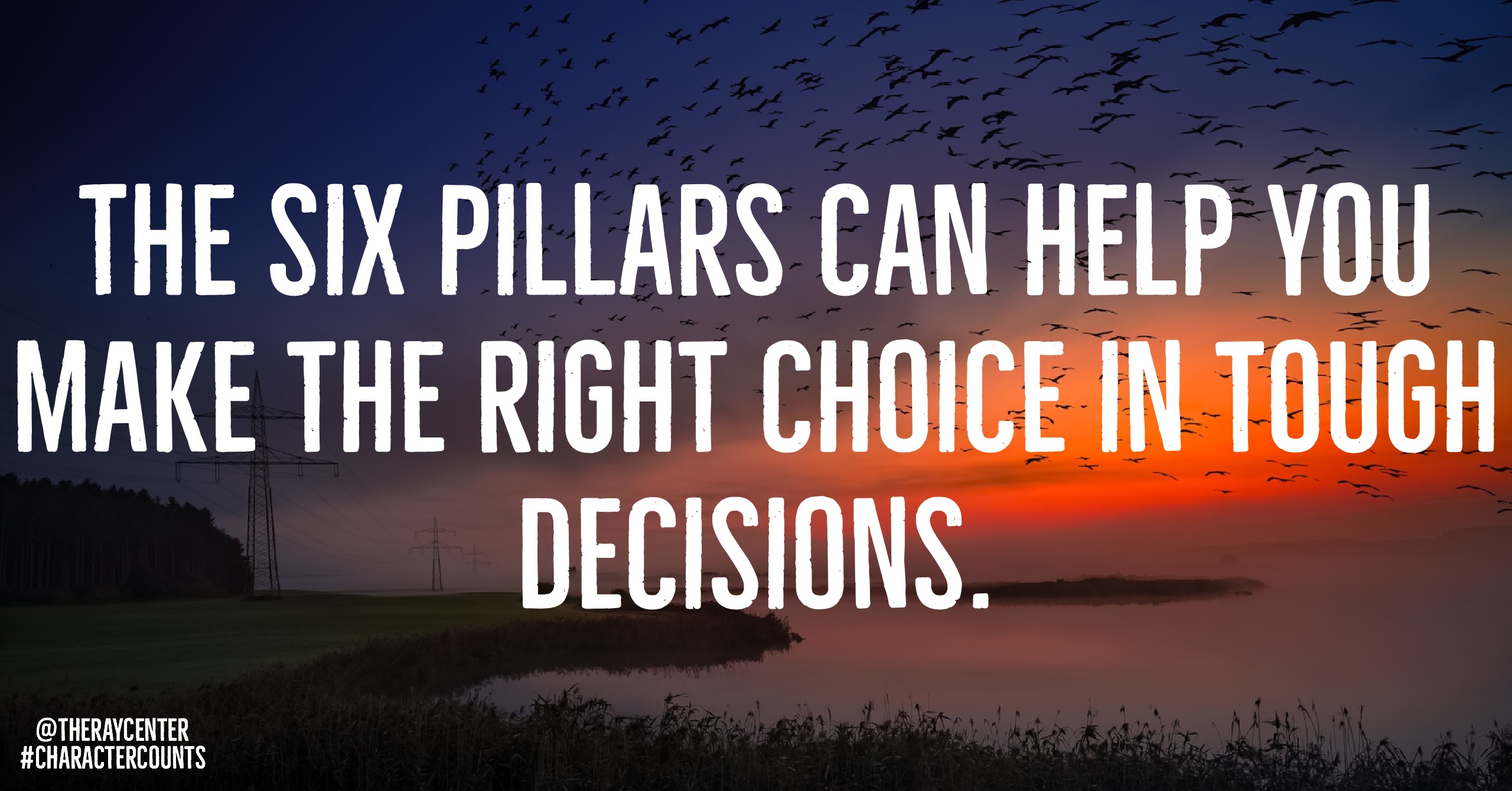How to prevent “That’s not fair”
Continuing our recycled post from Earth Day, here’s part 2 of the fairness exercise:
In our last post, we gave you a scenario in which you had to fire someone – fairly. And like many of life’s tough questions, there is no correct answer.
They key to fairness is to set pre-established rules and apply them consistently.
In our example, the first step is to determine the criteria you will use to fire the employee. Will you base it on seniority? What about merit? Or need? There is no wrong answer – but whatever you decide – you have to be consistent with it.
If your entire company knows that all staffing decisions are always based upon seniority, not only will the decision will be easier if the situation comes up, but hopefully you’ll have few people saying “that’s not fair”.

